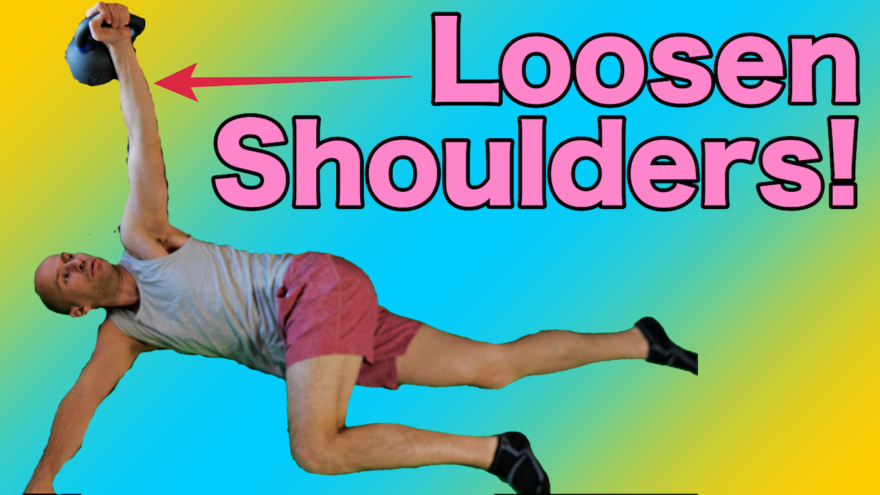Category: All Things Rehab
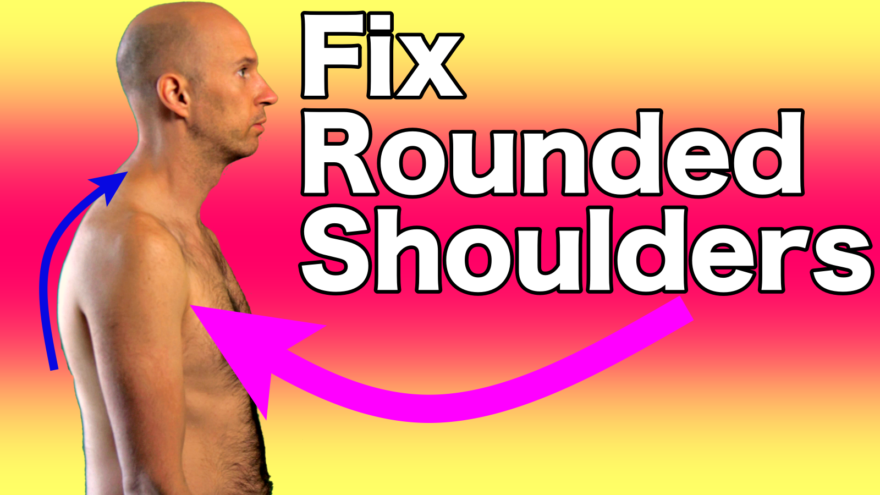
How to Fix Rounded Shoulders
Having rounded shoulders doesn’t occur for the reason you think it does Rounded shoulders are an often common complaint of…
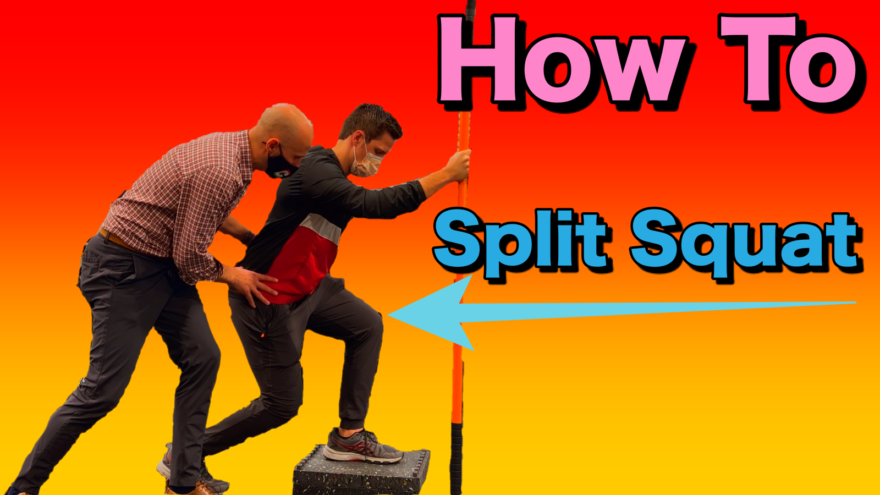
Split Squat Form – A LIVE Coaching Example
Troubleshooting split squat compensations with two cases Split squats are one of the hardest exercises to coach. There are a…

The Best Carpal Tunnel Syndrome Exercises in 2021
If you have carpal tunnel syndrome, you may have to look beyond your wrist! With an increase in computer and…
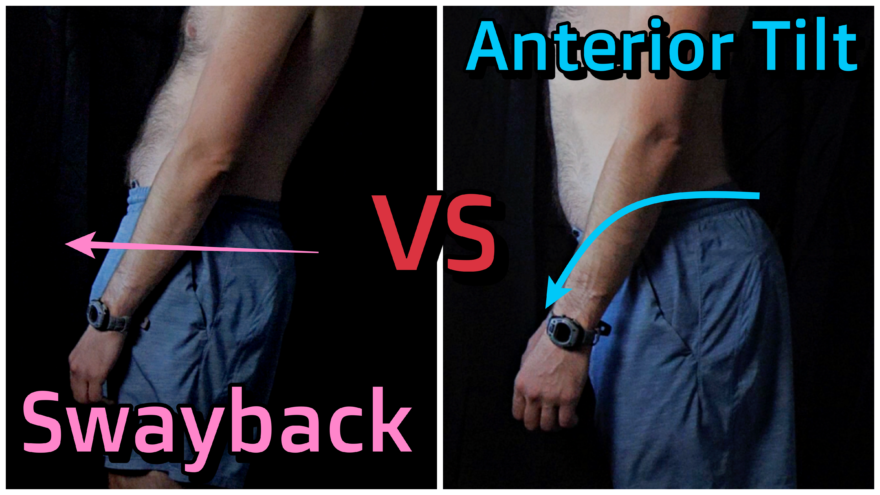
Anterior Pelvic Tilt vs Swayback – What’s the Difference?
Are these pelvic postures a problem? It’s common for people to have significant pelvis postures that may impact movement capabilities,…
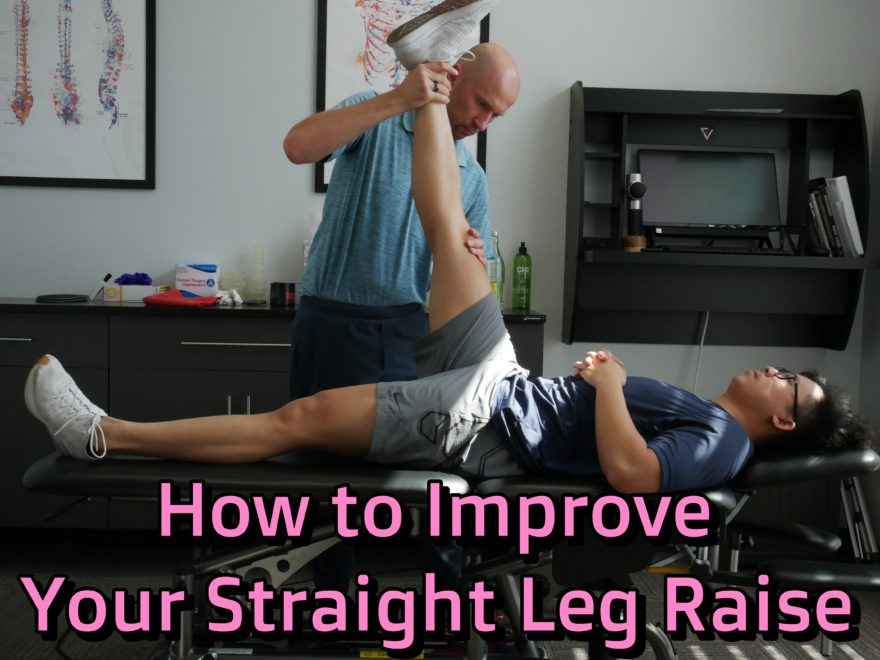
How to Improve Your Straight Leg Raise
If you can’t touch your toes, you NEED to check this out The straight leg raise = a big deal…
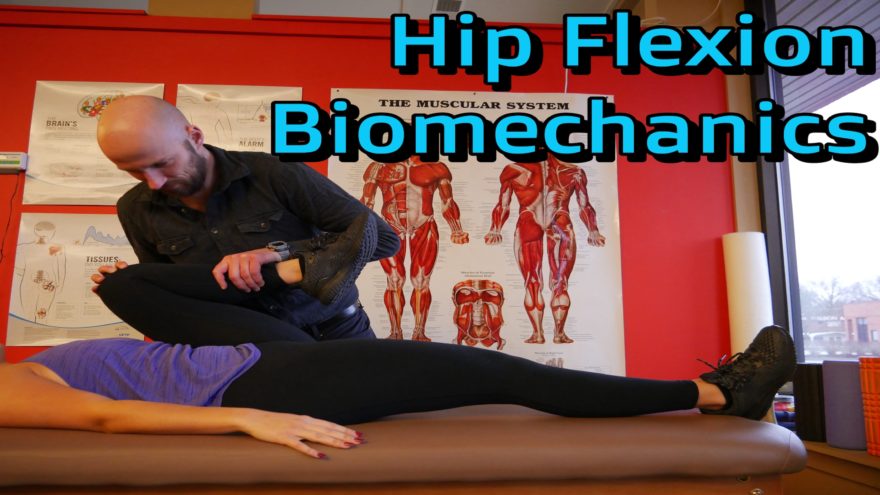
Hip Flexion Biomechanics
Why hip flexion is SO much more than a sagittal plane movement You may think hip flexion is as easy…

Hip Flexor Stretches Don’t Work – Try These 2 Exercises Instead
If hip flexor stretching is whack, what is better, Zac? It’s super common to feel hip flexor tightness from sitting…
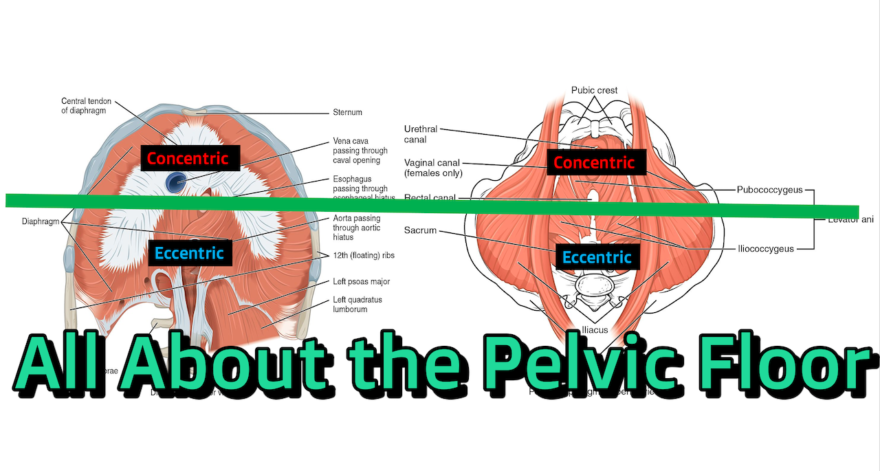
All About The Pelvic Floor
A deep dive into pelvic floor biomechanics Breathing is super important you know, but the base of breathing is the…
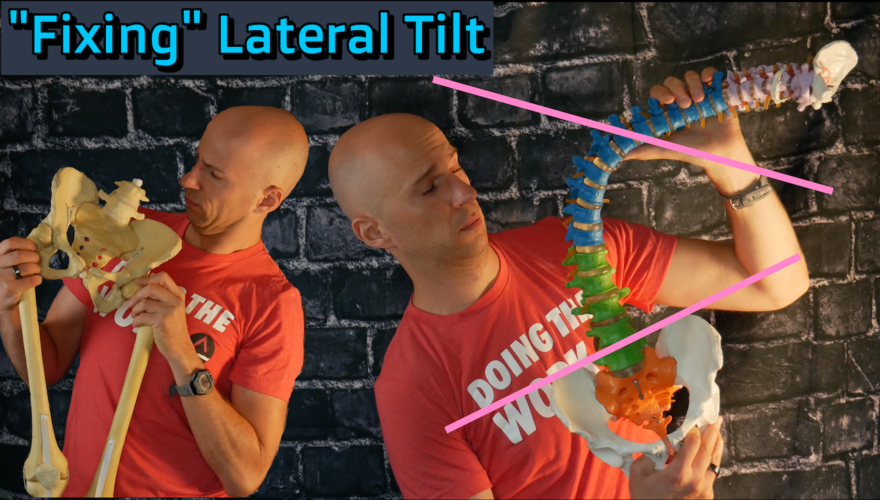
Lateral Pelvic Tilt: Learn It All
If there is a frontal plane problem, you will want to check this out Are you someone who has a…
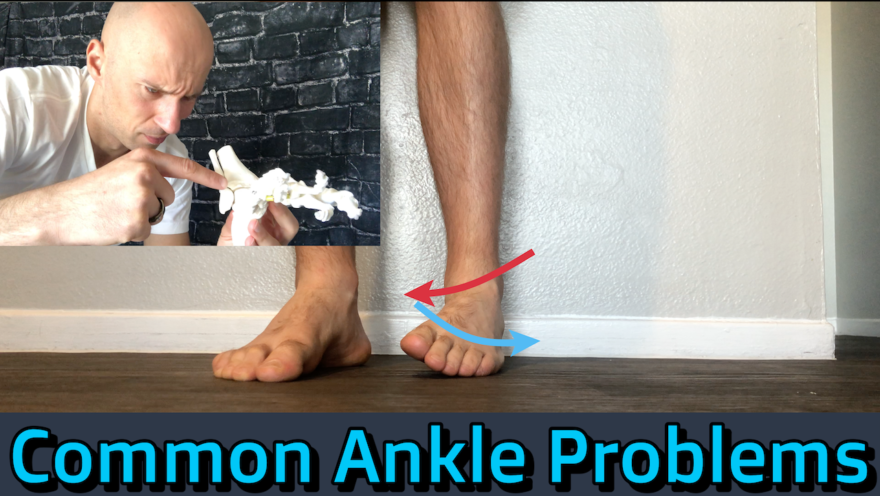
Common Ankle Problems
Let’s navigate through compensations seen not just the ankle, but up the chain! Do you have ankle problems? Done a…
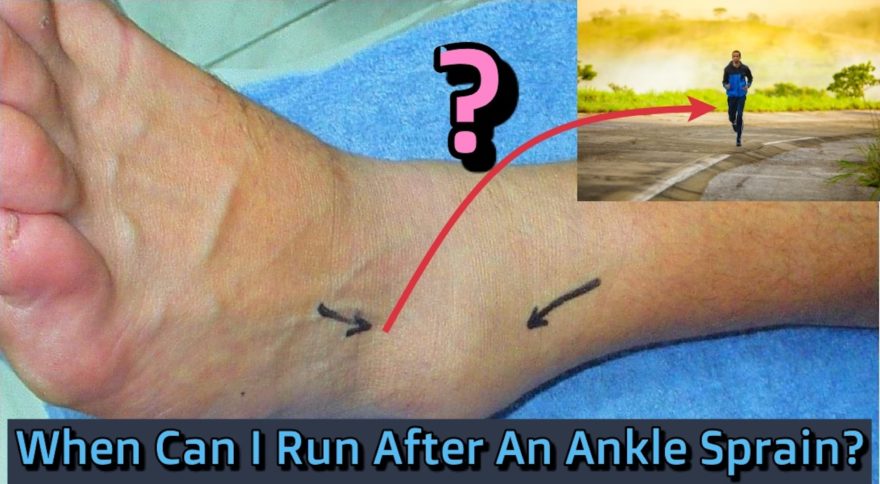
When Can I Run Again After an Ankle Sprain?
Ankle sprains are such a bugger and take some time to heal. But once you’ve let swelling and such run…
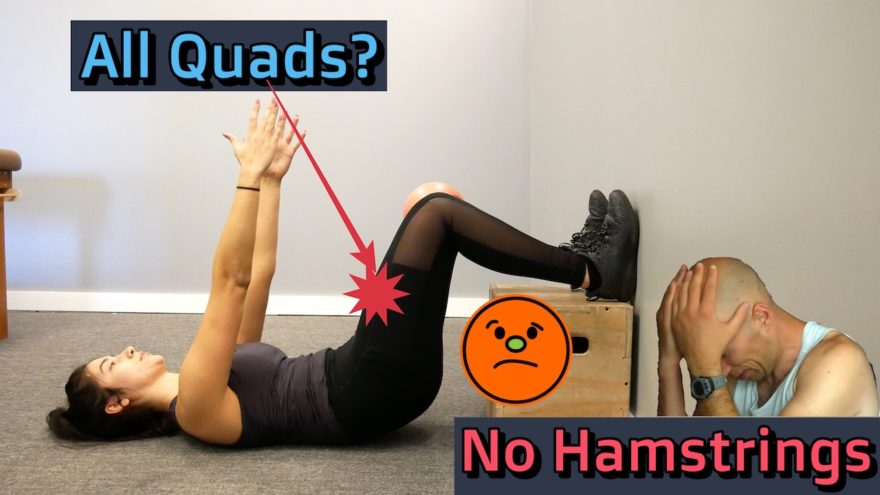
When You Only Feel Quad During the 90-90 Hip Lift
The Lewitt postion (or 90-90 hip lift) is supposed to target hamstrings and distal glute to drive hip internal rotation…
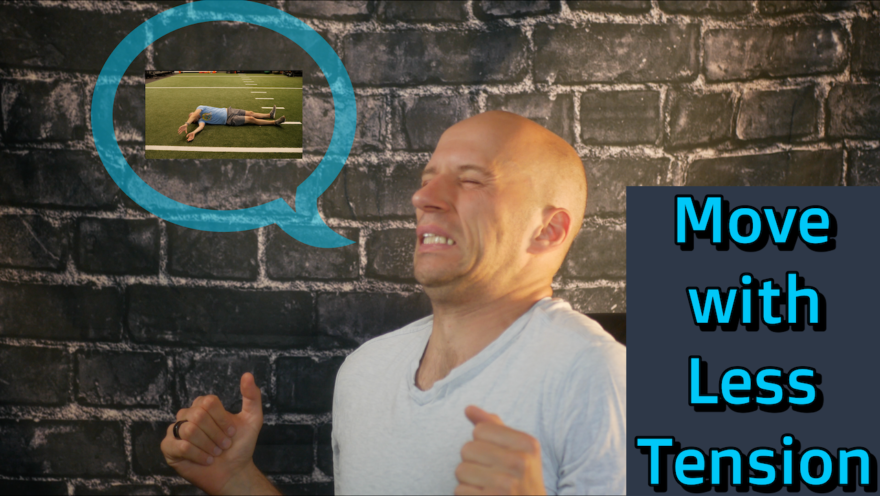
How to Move with Less Tension
In order to move more, you have to be able to both create and reduce tension. But what if you…
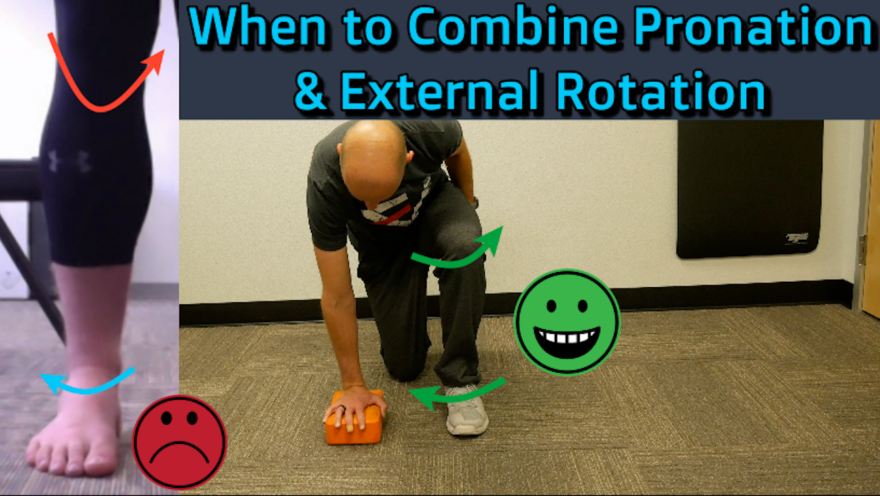
When to Combine Pronation and External Rotation
Although external rotation and supination are paired, so too with internal rotation and pronation, sometimes you must drive pronation and…

